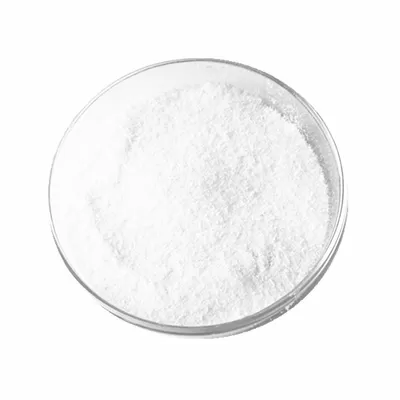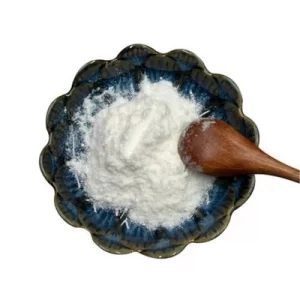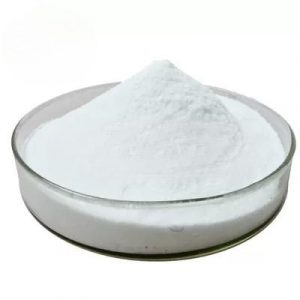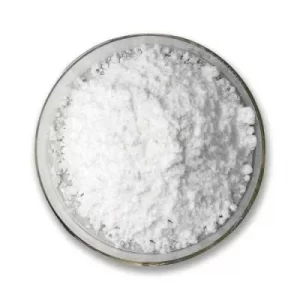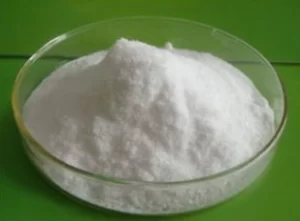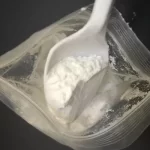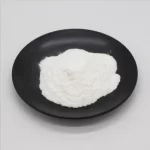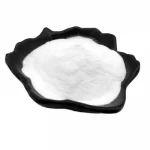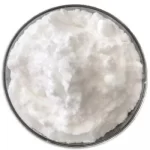Description
API Anti Cancer 99% Min Cytarabine CAS 147-94-4
Description
| Product Name: | Cytarabine | Other Name: | Cytrarabine |
|---|---|---|---|
| CAS No: | 147-94-4 | Purity: | 99% Min |
| Shelf Life: | 2 Years | Application: | Medication |
| Sample: | Available | Storage: | Cool And Dry Place |
| Appearance: | White Crystalline Powder | ||
| High Light: |
99% Min Cytarabine, Anti Cancer Cytarabine, API Powder CAS 147-94-4 |
||
Medical API Raw Powder Anti Cancer Antitumor Cytarabine CAS 147-94-4
Product Introduction
Name: Cytarabine
English synonym: cytrarabine
CAS Number: 147-94-4
Molecular formula: C9H13N3O5
Molecular weight: 243.22
EINECS Number: 205-705-9
Product Description
Melting point: 214°C
Specific rotation: D24+153°(c=0.5inwater)
Boiling point: 386.09°C (rough estimate)
Density: 1.3686 (rough estimate)
Refractive index: 1.5100 (estimate)
Storage conditions: 2-8°C
Solubility: H2O:50mg/mL,clear,colorless
Acidity coefficient (pKa): pKa4.3 (Uncertain)
Form: crystalline
Color: Prisms from EtOH(aq)
Water solubility: almost transparency
Maximum wavelength (λmax): 272nm (H2O) (lit.)
Product Function
Cytarabine, also known as Yamashan cytarabine, cytarabine hydrochloride, cytosine arabinoside, cytosine arabinoside, cytosine arabinoside, Sedsa, Sedway, is currently clinically used for One of the most effective drugs for the treatment of acute non-lymphocytic myeloid leukemia.
Synthesized for the first time in 1959, it also exists in sponges.
In 1961, it was found to have inhibitory effects on mouse sarcoma S180 and leukemia L1210. Cytarabine and commonly used antineoplastic drugs, 6-thioguanine, methotrexate, prednisone, vincristine, nitrogen mustard, cyclophosphamide, daunorubicin, amihydrazone, fluorouracil and mercaptopurine No cross-resistance has been found in animal experiments. This drug is a pyrimidine antimetabolite antitumor drug, which is cell cycle specific and most sensitive to S-phase cells. It interferes with cell proliferation by inhibiting the synthesis of cellular DNA.
Cytarabine enters the human body and is converted into cytarabine triphosphate and cytarabine diphosphate by kinase phosphorylation. The former can strongly inhibit the synthesis of DNA polymerase, while the latter can inhibit the conversion of cytarabine diphosphate into cytarabine diphosphate. Deoxycytidine diphosphate inhibits the synthesis and polymerization of cellular DNA. The inhibitory effect on RNA and protein synthesis is very slight.

